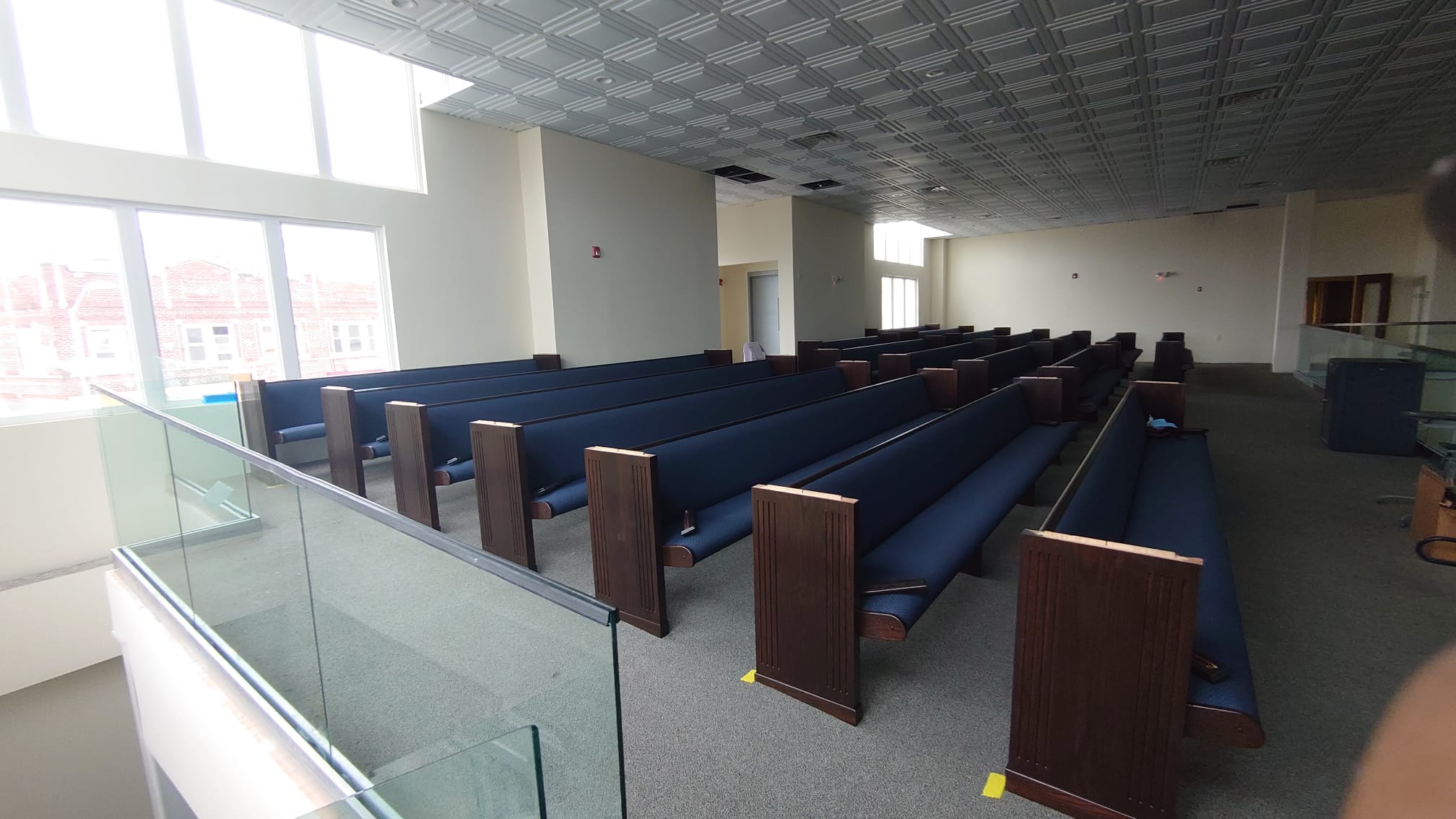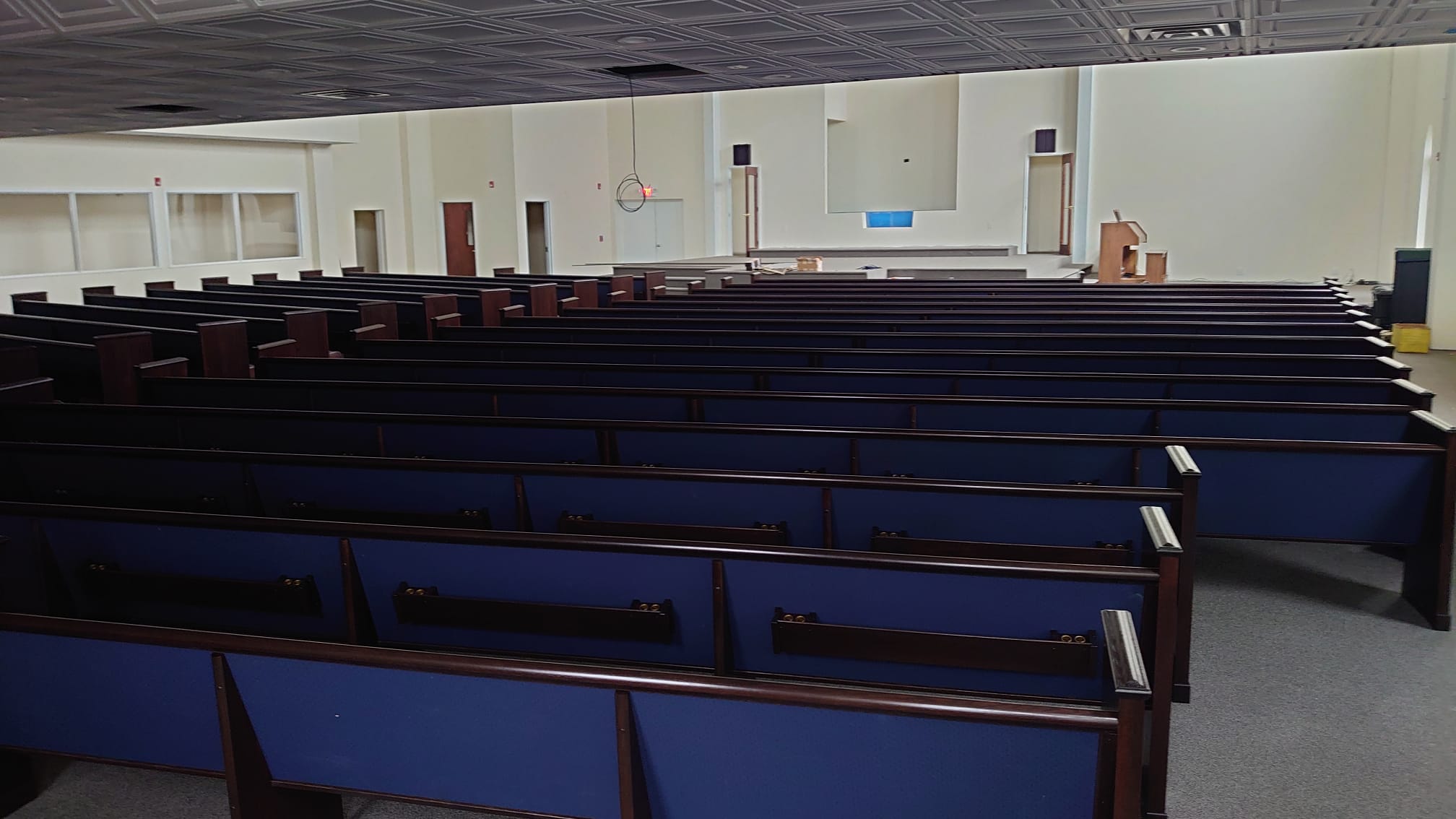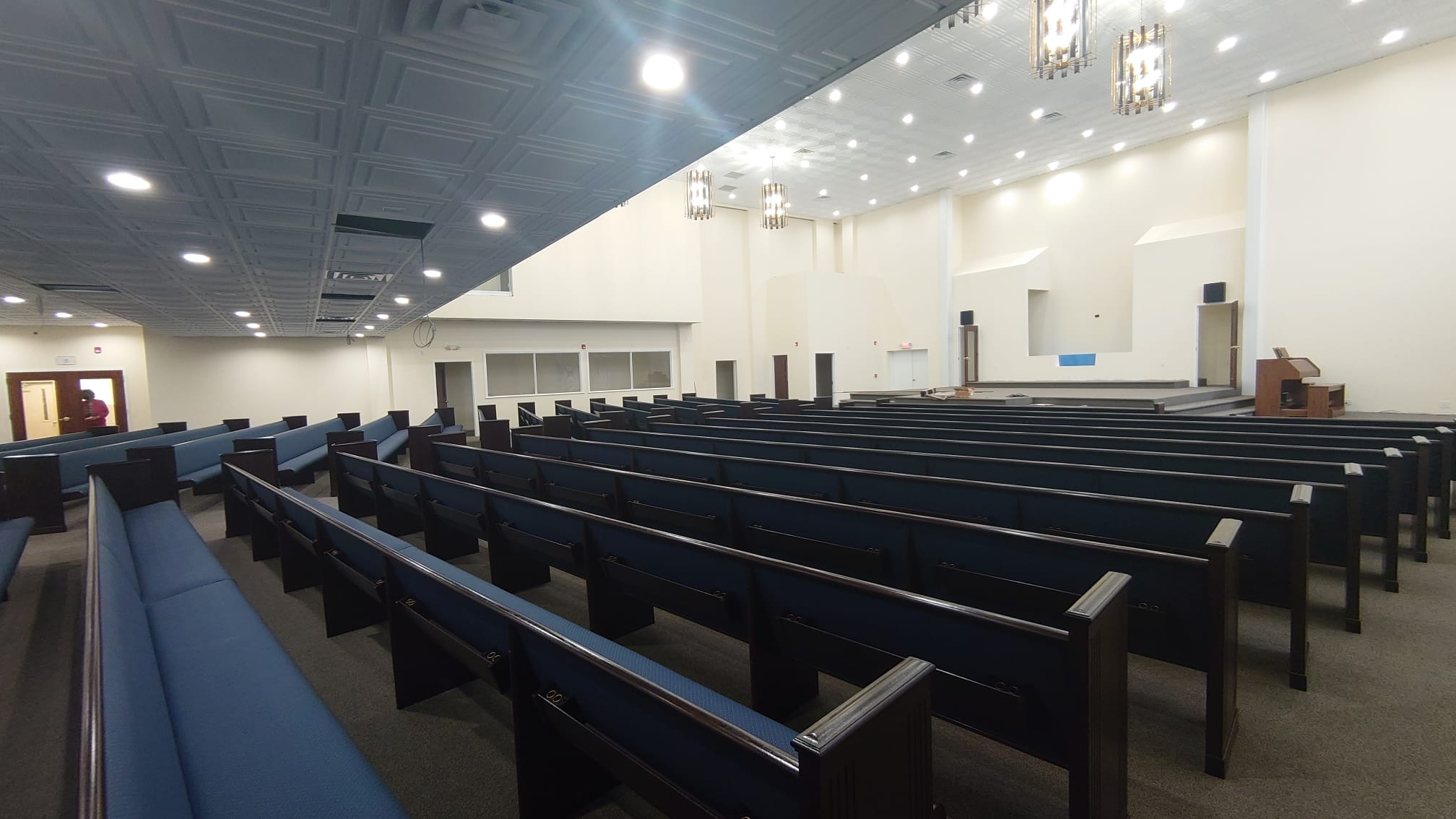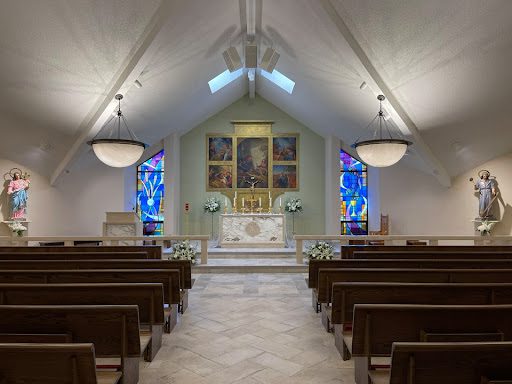
Constructing a baptismal font for your place of worship is an important task that requires careful thought and planning. It signifies for many the start of a beautiful journey, so it should be crafted with precision and attention to detail. The result will be one filled with spiritual meaning, providing lasting memories for those who use it and witness its divine beauty.
What Is a Baptismal Font?
A church baptismal font is a container used to hold water during a Christian baptism ceremony. It typically has the shape of a bowl or basin, and can be made out of stone, wood, metal, or other materials. The purpose of the baptismal font is to provide a place where candidates for the Christian initiation can ceremonially receive the sacrament of Baptism— that is, to become members of God’s family and start their journey towards salvation. As such, it plays an essential role in many churches as part of their spiritual rituals.
Because of this, the baptismal font is an integral part of the Christian church, and its design should reflect that importance. In addition to being aesthetically pleasing and symbolic of faith, it must also be built to last to continue providing spiritual guidance for generations to come.
Why Is the Baptismal Font Important?
One of the most important aspects of having a baptismal font is that it will create an atmosphere of holiness and reverence around your church. People may be more likely to come and feel closer to God when there’s a physical representation of the spiritual act of baptism, such as a font. Carefully select the aesthetic of the design to create an atmosphere that resonates with your congregation while simultaneously achieving that intended effect.
The history and significance of baptismal fonts are deep-rooted in Christianity. It’s believed that these religious symbols have been used since ancient times, with some references to fonts appearing as early as 250 AD. Today, a font is still seen as a visual reminder of one’s commitment to God and Christianity.
The fonts are usually placed near the entrance of a church and serve as reminders of one’s faith, with the belief that even if one enters through the door of sin, they can be cleansed by passing through the font.
What Is the Traditional Baptismal Font?
Baptismal fonts have been used since ancient times, and they can be found in many churches today. Most traditional baptismal fonts are crafted in a signature octagonal design. Each side symbolizes Biblical truths related to salvation. The font can be adorned with religious symbols such as crosses, doves, or seashells. Some fonts have a drain at the bottom to allow the water to flow away after the baptism.
A church baptismal font can be found in a dedicated area within the main body of the church or in a separate baptistry. Some churches have a small font for infant baptisms and a larger one for adult baptisms.
What Are Some Different Types Of Baptismal Fonts?
The font used in baptism is usually representative of the faith and traditions of the religious organization performing the ceremony. In Christianity, fonts are often designed to be ornate and symbolic, representing topics such as new life and rebirth. Commonly used fonts in baptism ceremonies include Greek Orthodox fonts, Catholic fonts, and Baptist fonts.
GREEK ORTHODOX FONTS
Greek Orthodox fonts are often characterized by intricate decorations and an ornate, traditional style. These fonts are often associated with the symbolic use of water in baptism and feature images such as crosses, branches, and stars.
ROMAN CATHOLIC FONTS
Catholic fonts typically feature a more elegant look with less decoration. They may include imagery related to the Virgin Mary or Jesus Christ, as well as symbols of faith and hope.
BAPTIST FONTS
Baptist fonts are typically more modern in style, featuring simple lines and curves with a minimalistic look. In some cases, these fonts may focus heavily on the use of crosses or other religious symbols related to baptism.
Overall, religious fonts used in baptism ceremonies typically serve to reflect and reinforce the spiritual message behind the ritual. They often have special meaning to those who are part of the faith and help create an atmosphere of reverence and solemnity.
How Is a Baptismal Font Built?
The traditional form of the font includes a wide circular body with a deep inner basin on a pedestal or legs to raise it off the ground. The font is often decorated with carvings and sculptures depicting religious symbols, such as a cross or dove. The basin can also be adorned with a lid. Now simply used for cleanliness, font covers can be simple or quite elaborate signifying the importance of baptism. In some cases, the font may include steps which lead down into the basin, making it easier for individuals who are being baptized to enter and exit the font.
In addition to traditional fonts, some churches have constructed modern designs that involve features such as built-in fountains and lights. These more elaborate designs are designed to further emphasize the spiritual importance of the event. Whatever the design, the purpose of a baptismal font remains the same—to provide a place for individuals to receive the purifying grace of holy water as part of their journey into a new life in Christ.
Are Specialized Materials Required to Construct A Baptismal Font?

There are several materials that can be used to build a baptismal font, such as stone, marble, wood, and metal. Churches can create their unique font through custom-made pieces using any combination of these elements to achieve an appealing and resilient finish that will last them well into the future.
When selecting material for the baptismal font, many options exist. Wood will lend your font a more classic feel, while metal can offer an edgy modern look. Wood can also provide beautiful textures that may be used to create intricate designs or simple fonts – whatever suits your preference! Ultimately, it’s best to consult a professional designer or craftsman before deciding which material is best for you.
You may also add some special features and designs to enhance the look of your baptismal font. These features can range from intricate carvings or sculpture work, to special lighting fixtures or other decorations. Ultimately, your font style should reflect the look and feel of your church, while also providing a safe environment for baptisms to occur.
What Are Some Styles and Shapes For A Baptismal Font?
Baptismal fonts are an important part of many Christian faith traditions, and a wide variety of styles and shapes are seen in these special vessels. In the Catholic Church, for example, baptismal fonts are often ornate pieces that feature sacrament symbols such as shells or clamshells. They may also feature images of the Trinity, or the dove which is often associated with the Holy Spirit. Protestant churches typically prefer fonts that are more minimalistic and understated in comparison to those of the Roman Catholic church. These sacred vessels can be constructed from metal or stone and may come in a plethora of shapes such as circular, oval, octagonal, and even square.
CIRCULAR BAPTISMAL FONTS
With its timeless elegance, the classic circular baptismal font has been an iconic choice amongst churches and cathedrals around the world. Characterized by a cylindrical basin that is supported by a central column or pedestal, these fonts have traditionally been made of stone. Still, they can also be crafted out of wood or metal if that is your preference. There’s no doubt that this style will continue to remain popular for many years to come.
OVAL BAPTISMAL FONTS
The oval baptismal font features a curved outline that has been said to represent the shape of a womb, symbolizing new life and rebirth as part of the Sacrament of Baptism. This style may also be decorated with ornate patterns or symbols related to the sacrament.
OCTAGONAL BAPTISMAL FONT
The octagonal baptismal font is popular among many Christian denominations and features intricate carvings on both its basin and column. Like the circular and oval fonts, it typically features a basin supported by a central column or pedestal. These fonts display a gothic trim with ornate details that are in keeping with the tradition of medieval churches, as they were often seen in these buildings throughout Europe. Furthermore, the eight sides of the font are said to represent the eight Beatitudes.
SQUARE BAPTISMAL FONT
The square baptismal font is widely seen in Protestant churches and has been known to reflect security, stability, and a never-ending agreement between God and His flock. Its boxy design invokes feelings of a surety that are hard to find elsewhere.
What About Safety Concerns with A Baptismal Font?
No matter what type of material you choose or design features you add, it is important to ensure that your baptismal font is built with safety in mind. The font should be designed to ensure enough space for the baptism and easy access for the minister. How water will enter and leave the font should also be considered; depending on your needs, you may need to install a pump system. Factoring in all these issues will ensure that your baptismal font is properly constructed and able to serve its purpose.
Contact Our Church Baptismal Font Specialists
Regardless of the font’s form or design, baptismal fonts represent this sacred sacrament across Christian traditions. Through its symbolism and blessing, each font serves as a treasured vessel for those participating in the ceremonial celebration. It is thus essential to select a font that best reflects your church’s values. Whether classic or contemporary, big or small, the baptismal font should be spiritually meaningful and visually attractive. With so many designs available today, you are sure to uncover an ideal baptismal font for your house of worship. Contact our baptismal font specialists to help design the right font for your religious tradition.








